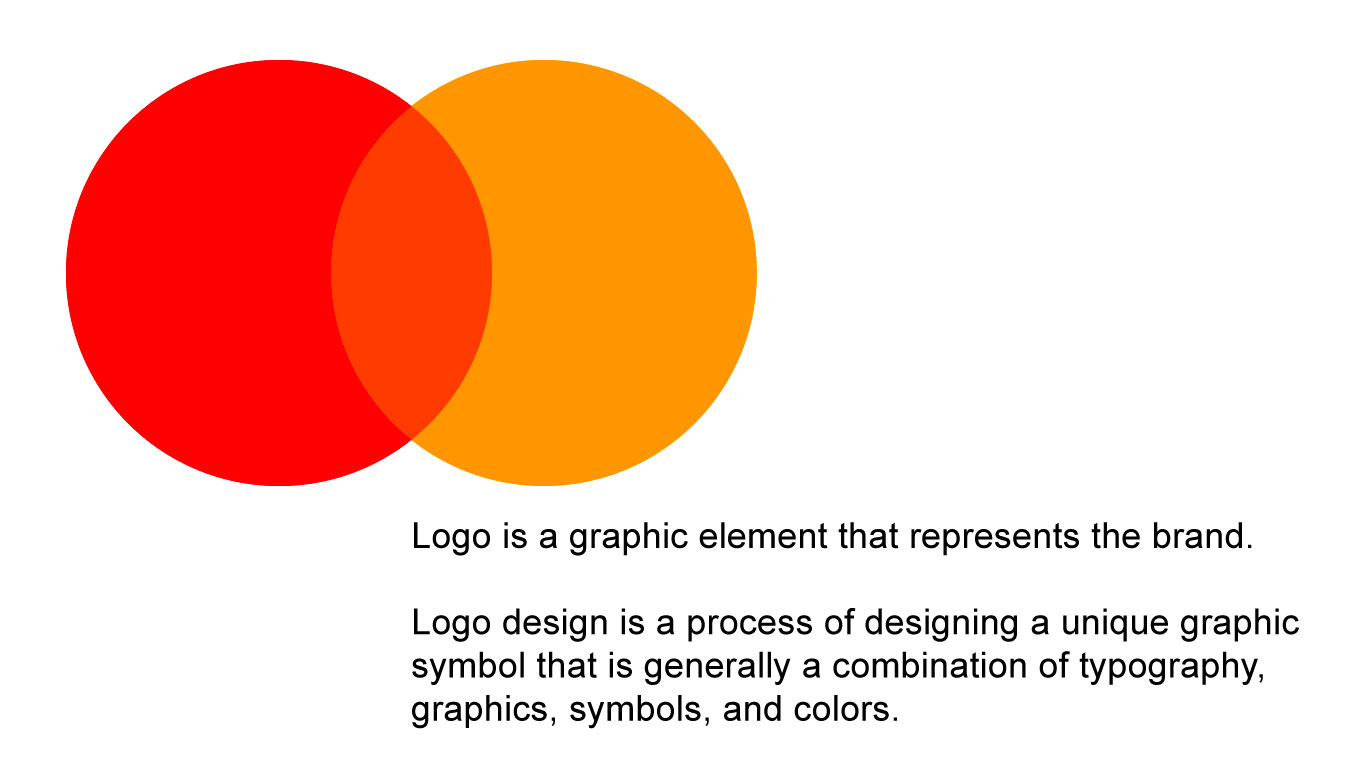Objectives:
Students will: learn the fundamental differences between fine art and design;
understand the basic design process and objectives of logo design;
translate verbal ideas into visual images;
develop and refine logo designs;
apply their previous knowledge of using Adobe Illustrator to create a graphic design.
Essential questions:
What is the process to create a successful logo?
How to brainstorm a design idea?
How to design a logo?
How to use Adobe Illustrator to create a logo?
step 6
Time to use your sketches and convert them into vector graphics.
You will continue to go through the process of further refinement of shapes and details.
Create a new document in Adobe Illustrator. Focus on shapes.
Choose the design concept. You will have to be able to explain how your design addresses your goals through their choice of font, color, image, etc
step 7
Choose colors!
No more that 3, unless necessary.
Be prepared to defend your color choice.
Use color wheel (color schemes) when determining color choices.
Does it work in black-and-white version?
Try different backgrounds.
step 8
Choosing the right typeface is important!
Make sure it is appropriate for the goal.
step 9
Execute your logo.
Suggest a few variations, based on different backgrounds or applications.
Include color swatches with color names.
Include a small-scale logo (business card application) and a large version to view details.
Include font's details.
Put everything together on a letter-size document, save it as PDF and submit.
...
























